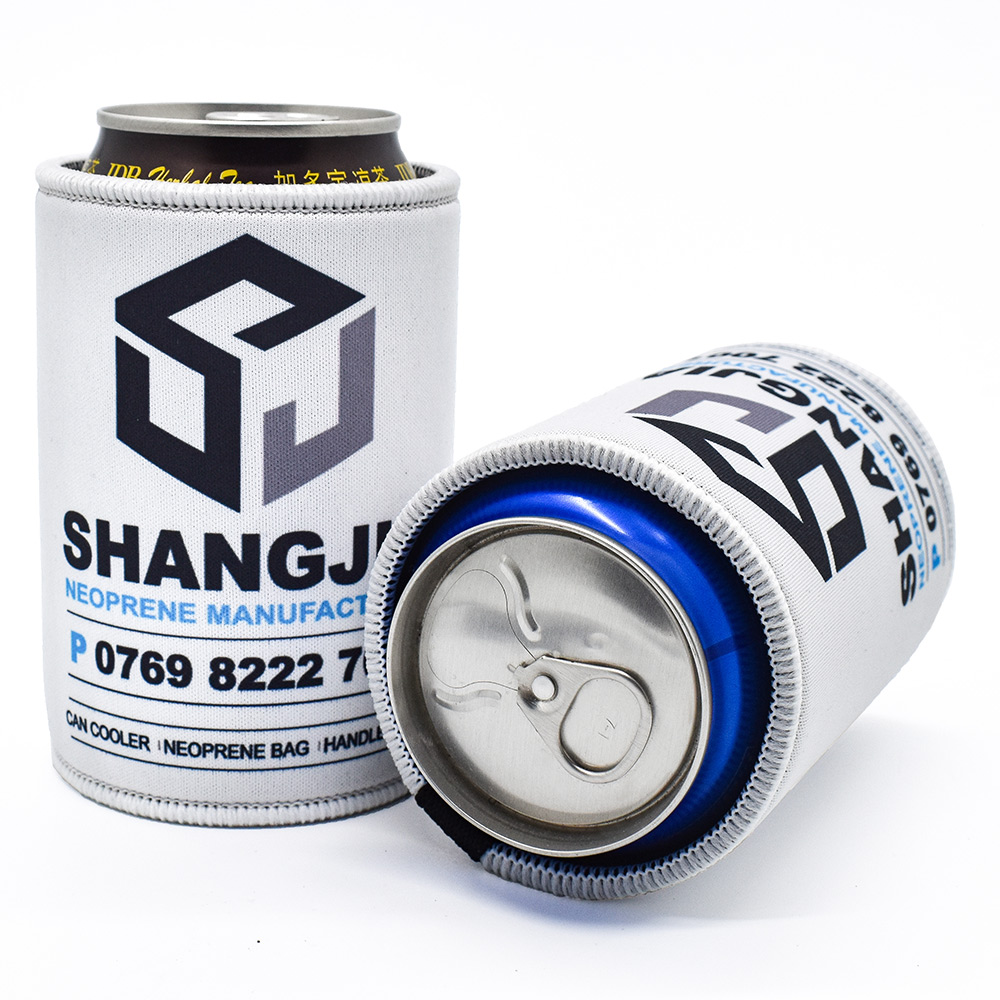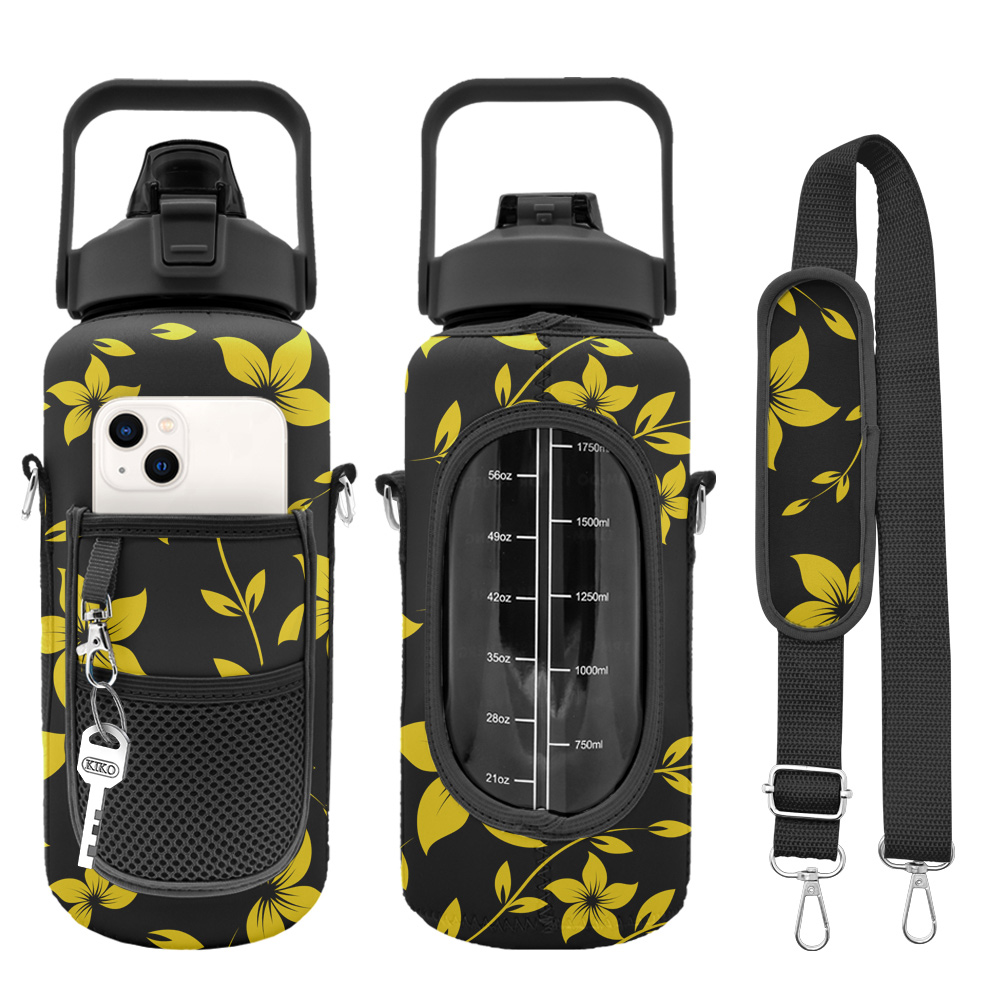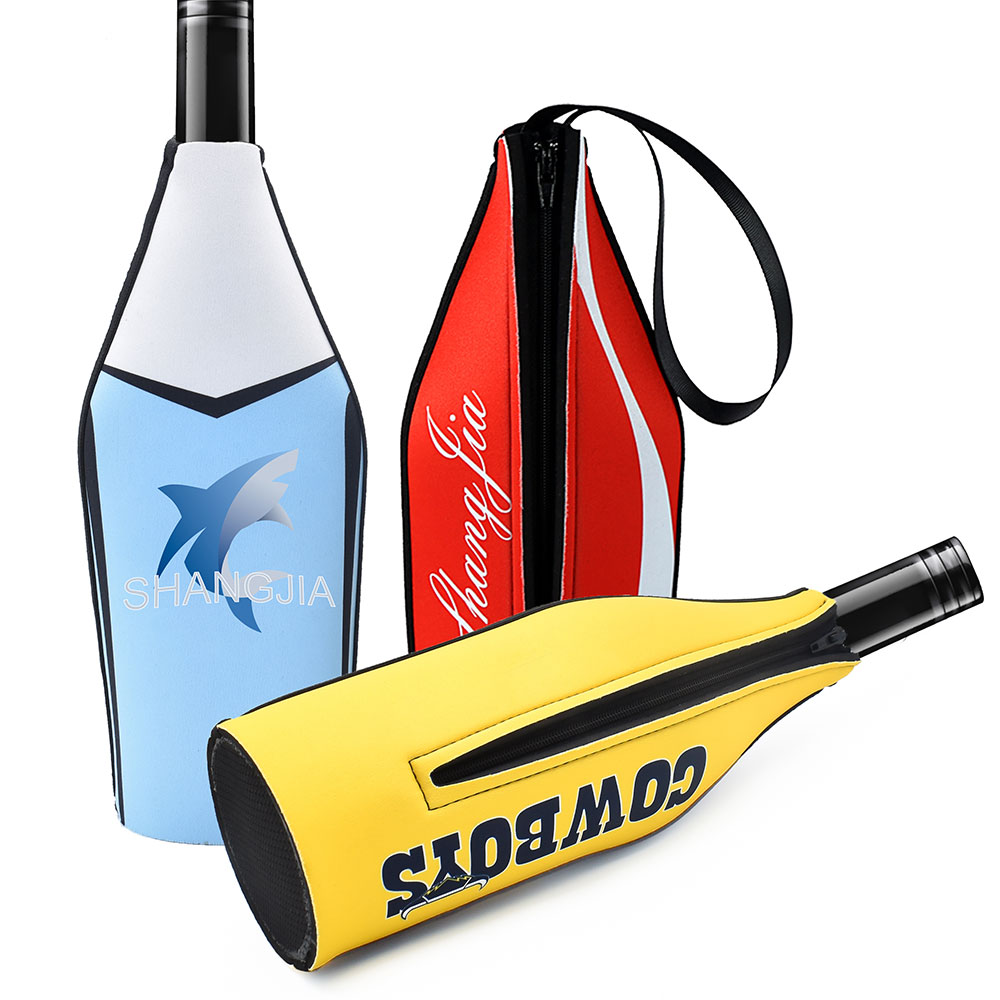Stubby holders have long been a popular choice when it comes to keeping drinks cool. Often found at social events such as parties, barbecues and sporting events, these handy gadgets are designed to keep cans and bottles warm, preventing them from heating up too quickly. But does the stubby holder really live up to the hype? Let's take a deep dive into the science and functionality behind these beloved accessories.
First and foremost, let's discuss the design of the short bracket. Also known as can coolers or koozies, these mounts are usually made of neoprene, a synthetic rubber material known for its excellent insulating properties. Neoprene has a low thermal conductivity, which means it does not allow heat to pass through easily. This property plays an important role in keeping the contents of a can or bottle cool for an extended period of time.

The main function of the stubby stand is to create a barrier between the beverage container and the surrounding environment. The neoprene material insulates the jar or bottle, helping to maintain cooler temperatures by reducing heat transfer from external heat sources. This insulation is especially useful in warmer climates or during outdoor activities, preventing beverages from becoming lukewarm before they're finished.
One might wonder just how effective these stubby stents are. In order to measure its efficiency, it is necessary to understand the factors that affect how quickly a beverage heats up. Heat transfer occurs through three main processes: conduction, convection, and radiation. Conduction is the direct transfer of heat through physical contact, convection is the transfer of heat through the motion of a fluid or gas, and radiation involves the transfer of heat through electromagnetic waves.
One of the most important sources of heat transfer is through conduction. When a warm hand holds a cold beverage, the heat from the hand is transferred into the can or bottle, increasing its temperature. The stubby stand acts as a barrier, reducing hand contact with the container. As a result, conduction is reduced and drinks stay cooler for longer.



Convection is another key factor to consider. When a jar or bottle is placed in an open environment, airflow removes heat from the surface of the container. The stubby holders most of the surface area of the can or bottle, reducing exposure to these airflows. As a result, the rate at which the beverage heats up due to convection is significantly slower.
Radiation, although not as influential as conduction and convection, also plays a role in heat transfer. When the container is exposed to sunlight, the electromagnetic waves emitted by the sun can heat the beverage inside. The stubby stand minimizes direct sunlight exposure by providing shade and covering the surface of the jar or bottle. This reduces the effects of radiation, further helping to keep drinks cool.
While the science behind short-stem holders seems to suggest that they are indeed effective at preventing drinks from heating up rapidly, it's worth noting that their effectiveness also depends on other external factors. For example, if the beverage is exposed to direct sunlight for an extended period of time, a stubby stand may not be effective against the heat. Also, in extremely hot conditions, stubby brackets may be less effective at insulating heat.
All in all, the stubby stand does have a noticeable effect on how quickly your drink heats up. Thanks to the neoprene material, their insulating properties significantly reduce heat transfer through conduction, convection and radiation. While stubby stands may not be able to overcome extreme external conditions or keep hot drinks cold for extended periods of time, they certainly offer a significant improvement in keeping beverages at a refreshing temperature.
Post time: Jul-20-2023

